Members – Branch Library
East Devon Beekeepers have an extensive library available for members to use.
If you wish to borrow a book, email librarian@edbk.co.uk stating the Ref No., Book Title and the name of the author. Providing that the book is not out on loan it can be collected at a winter meeting or summer apiary meeting by arrangement.
Download Library Books List.
In addition to the books listed in the above PDF file there are a number of older books by well known authors. These may be of use to members studying for the modules or anyone interested in the history of our craft. These books are listed in the archive library file below and can be made available on request webmaster@edbk.co.uk
Download Archive Library Books List.
The recommended Book List for the BBKA examinations can be downloaded HERE.
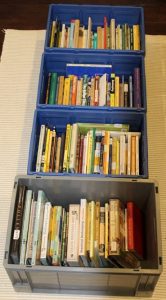
New Additions to the Library
Harvesting Honey
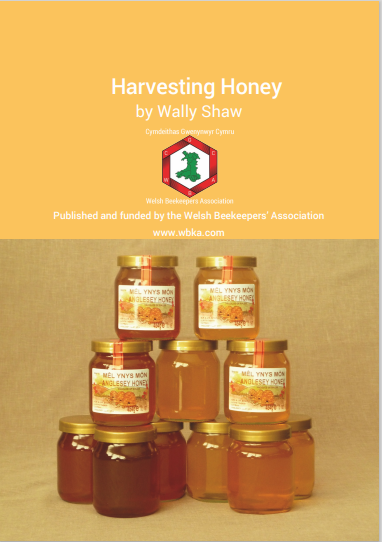
Wally Shaw is a member of the Welsh Beekeepers Association and a wellknown author of bee literature based on his extensive knowledge and experience. The booklet sets out the processes envolved from removing honey from the hive to bottling for sale. Along the way he constantly reminds the reader that honey is a delicate product requiring careful handling and treatment to minimize damage.
The technical advise is simple for beginners and improvers alike, to understand and put into practice, with hints and tips aimed at the hobbyist beekeeper using the simplest of equipment. This careful treatment will ensure a high quality product that will outshine the ultra-filtered, over processed products usually found on supermarket shelves.
All beginners should read this booklet (30 pages). It will give them an expert guide to start their honey processing journey and a thorough understanding of what makes our product such a sought after commodity and a delicious food.
Plants for Bees
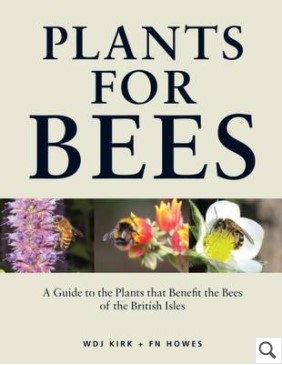
All bee species are under threat from the spread of intensive agriculture, use of agro-chemicals and loss of habitat. Our gardens are fast becoming an alternative source of nectar and pollen for many of our bee species and will be crucial if they are to survive and thrive. Mixed planting will provide food for all species of bee and Plants for bees presents a comprehensive catalogue of which plants are most suited to which type of bee.
A simple key system allows the reader to quickly assess which plant/bee combinations work well together, supported by numerous detailed photographs. The book is a must for anyone wishing to plant a bee-friendly garden. Whether they are professional or hobbyist, Plants for Bees provides all the information you need.
Variations on a Beehive
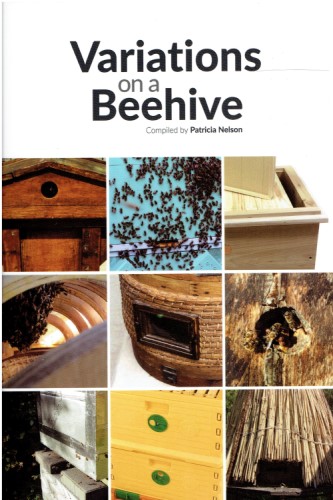
In 1985 ‘A Case of Hives’ was published by Bee Books New & Old, edited by Len Heath. Much has changed since then, so Northern Bee Books asked Devon Apicultural Research Group (DARG) to produce an updated version. The original book described seven commonly used hives in detail, plus a few ‘other’ designs, and was unequivocally intended for new beekeepers. The current book has over 20 hive designs, and will probably leave the beginner confused and perplexed.
That said, the descriptions of the commonly used British hives are perfectly adequate to give a thorough appreciation of their advantages and disadvantages. Some of the lesser well-known hives may be described as ‘work in progress’, as there is an element of experimental design and construction. Good to know the inventiveness gene of beekeepers is thriving!
‘There is nothing new in beekeeping’, except the Flow Hive. Lynne Ingram does a good job of explaining how it works. The chapters on ‘Developments in hive components’ are definitely worth reading just to keep up to date. In summary, ‘Variations on a Beehive’ is a useful update on both conventional and experimental hive design, construction and management.
The Asian Hornet Handbook

The second edition of Sarah Bunker’s Asian hornet handbook titled ‘The Yellow Legged Asian Hornet’, has been fully revised, expanded and restructured. This comprehensive and practical guide is filled with new information from hornet identification to up-to-date scientific findings on yellow-legged hornet biology, behaviour and ecology. There are also sections on how they are dealt with in the UK and Europe, how to track hornets to find their nests, trapping, and other methods of control.
Habitat Creation and Management for Pollinators
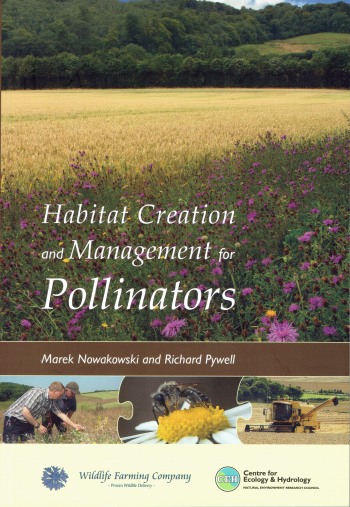
In order to achieve all this, farmers will need clear and practical guidance, underpinned by high quality research.
This guide shows the clear benefits of practitioners working closely with research scientists to develop workable and tested solutions to a pressing need. It provides farmers with all they need to know about management for pollinators; from the basic facts about bee biology; the importance of season long flower resources; and then how, when and where to create different habitats to provide food, shelter and nesting.
Using this Guide we can hopefully take these simple actions to improve the environment and see pollinators once more thrive in the countryside.
The Asian Hornet – Threats, Biology & Expansion by Professor Stephen Martin
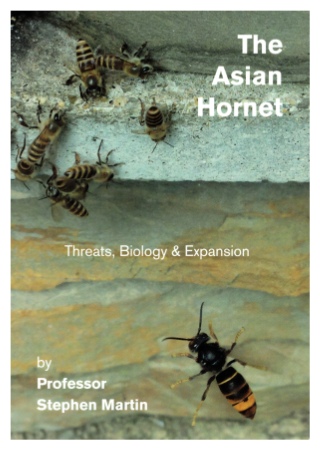
Professor Martin is no stranger to the Asian hornet, or more accurately the yellow legged hornet. The information presented in the book was gained through many years of academic study of hornets in Asia and Japan starting in 1987. More recently there is a wealth of new studies and information in the scientific literature on the spread and impact of the Asian hornet in France and South Korea.
The accidental introduction of the hornet into France over 10 years ago has been worrying for governments and beekeepers alike. The natural history of the hornet makes it impossible to eradicate and it will continue to widen its range and invade other countries. Education is therefore the best way to lessen the impact.
The book covers all the key features of the Asian hornet’s biology, including effects on humans and honey bees, and what you can do about it.
Books suitable for those studying for the Module Exams
List of books suitable for those taking module exams. Download from BBKA website.
The BBKA Guide to Beekeeping. Ivor Davis & Roger Cullum-Kenyon
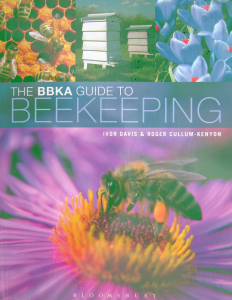
If you are just starting to keep bees, or simply want to find out about bees and beekeeping, this authoritative guide provides a complete introduction to starting out as a beekeeper. The book introduces the reader to all areas of beekeeping including the workings of the colony, the structure of the hive, how to acquire bees and keep them healthy and the key events in the beekeeping year, along with answering a number of frequently asked questions such as how to prevent swarming and how often to inspect the hive.
The book is endorsed by the BBKA, covers all aspects of beekeeping for beginners, especially those with no prior knowledge, and has many excellent illustrations.
The Honey Bee Around & About. Celia F Davis

This is a companion volume to Celia’s first book The Honey Bee Inside Out which covered the anatomy and physiology of the honey bee. The Honey Bee Around and About begins by looking at the origin of honey bees and continues with a description of the different subspecies. Disease is often a neglected topic but it is an important factor for the beekeeper to bear in mind. Celia details the major diseases affecting honey bees as well as other pests including the mite, Varroa destructor. The honey bee’s major function is as a pollinator of flowers, both in agriculture and the wider environment, and the final chapters look at the relationship between bees and flowers and the resultant products of the hive. The book contains a glossary and suggestions for further reading.
The Biology of the Honey Bee. Mark L. Winston

The objective of this book is to provide an in-depth introduction to the biology and social behaviour of a single insect species, the honey bee.
Mark L. Winston probes the dynamics of the honey bee’s social organisation. He recreates for us the complex infrastructure of the nest, describes the highly specialised behaviour of workers, queens, and drones and examines the remarkable ability of the honey bee colony to regulate its functions according to events within and outside the nest.